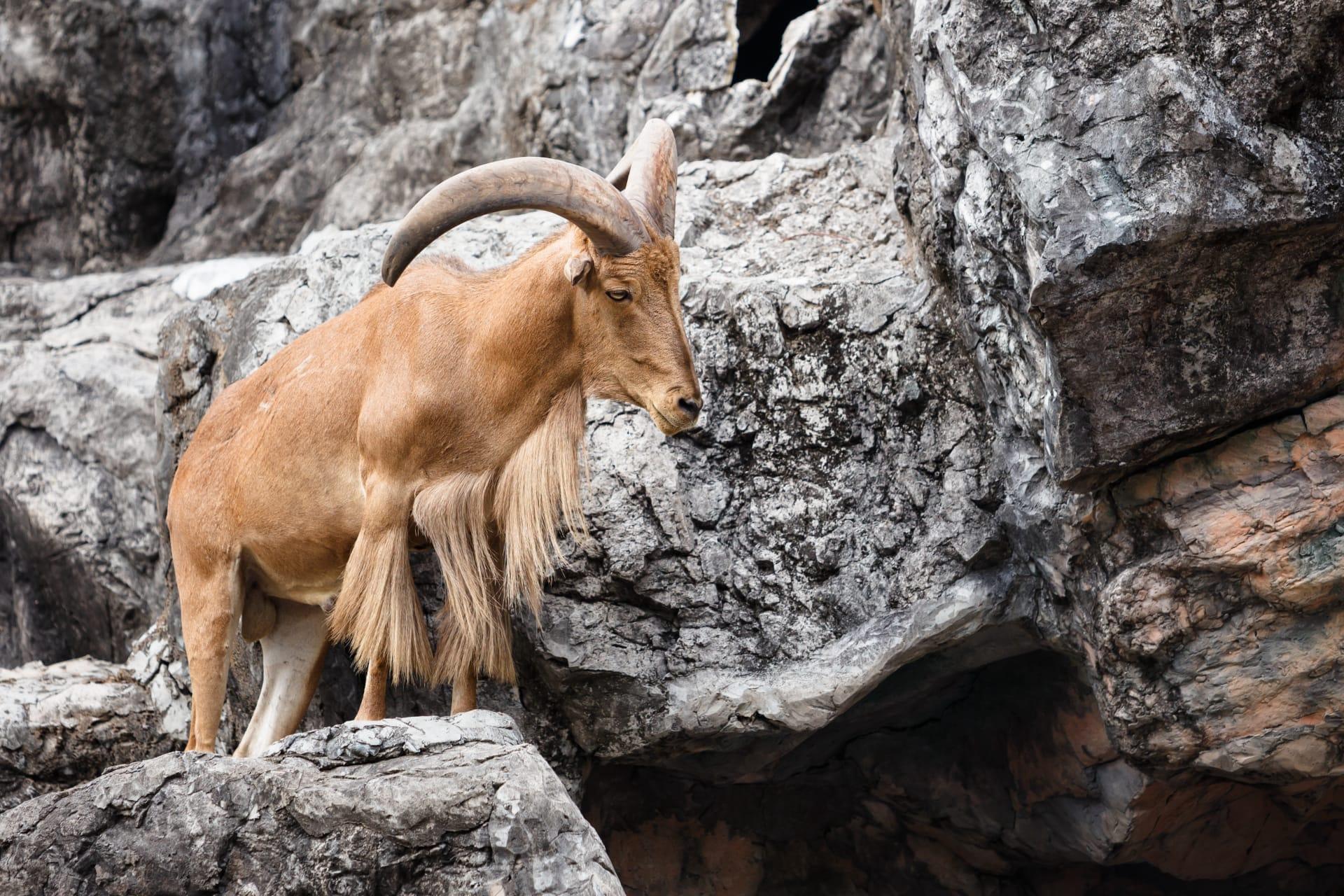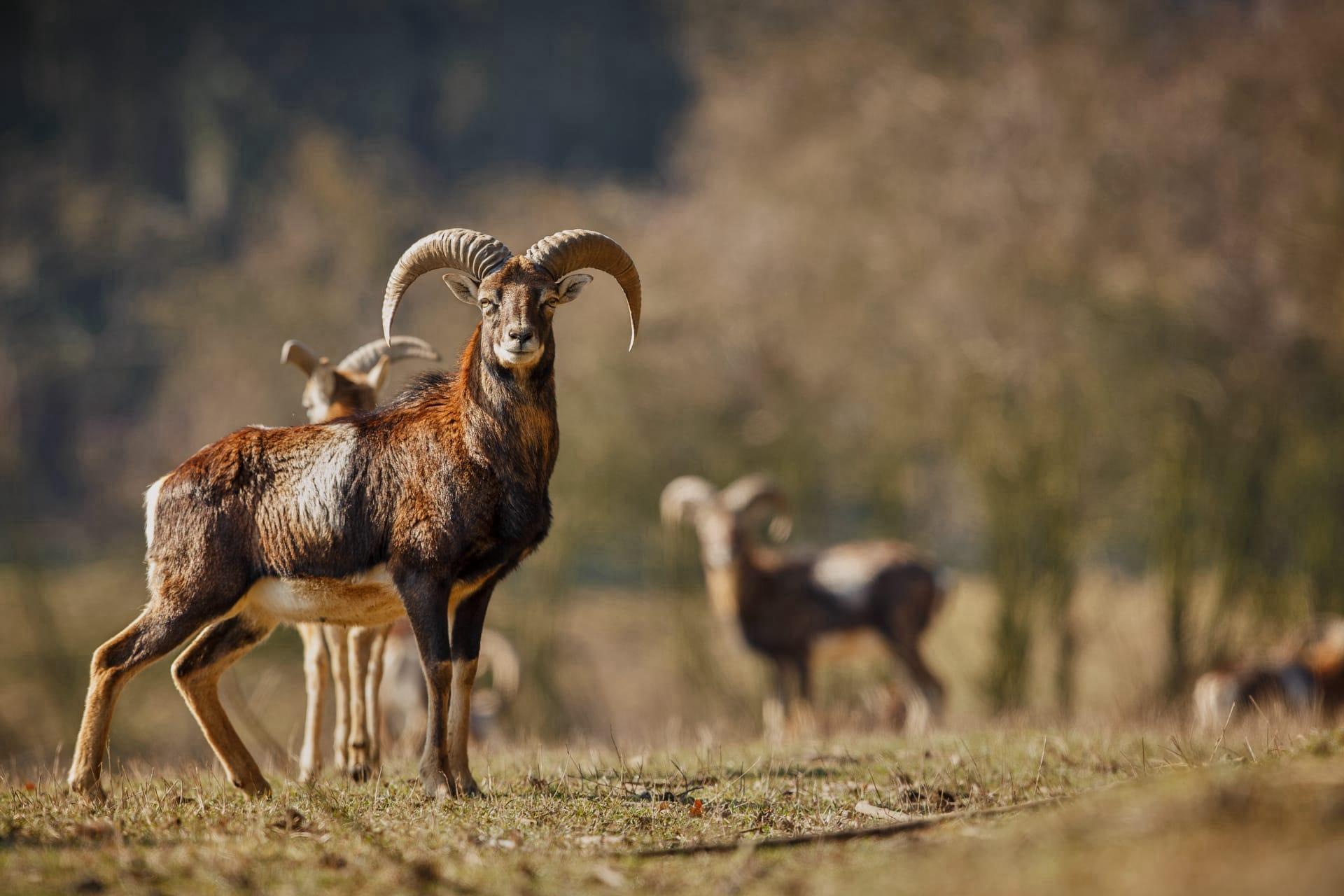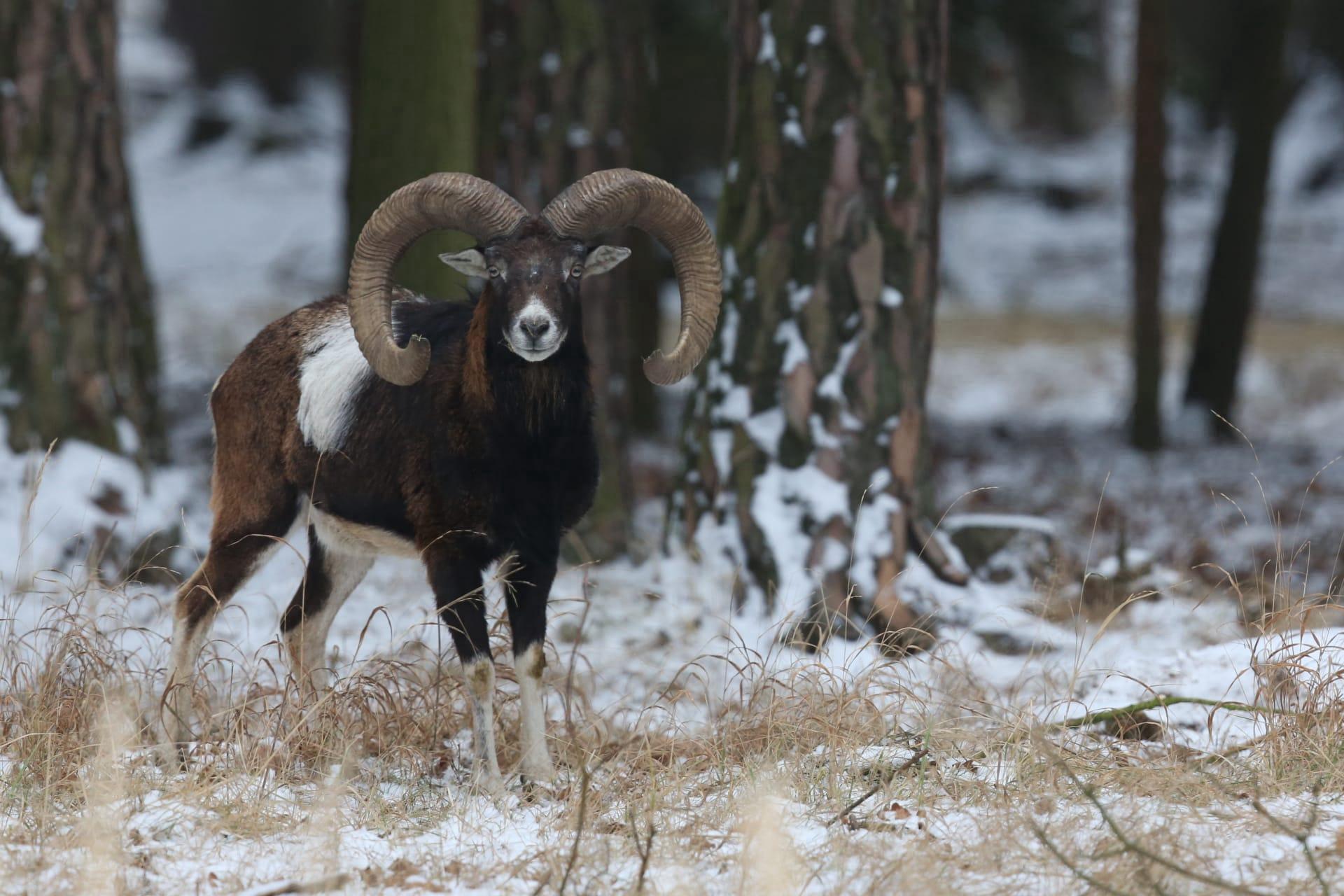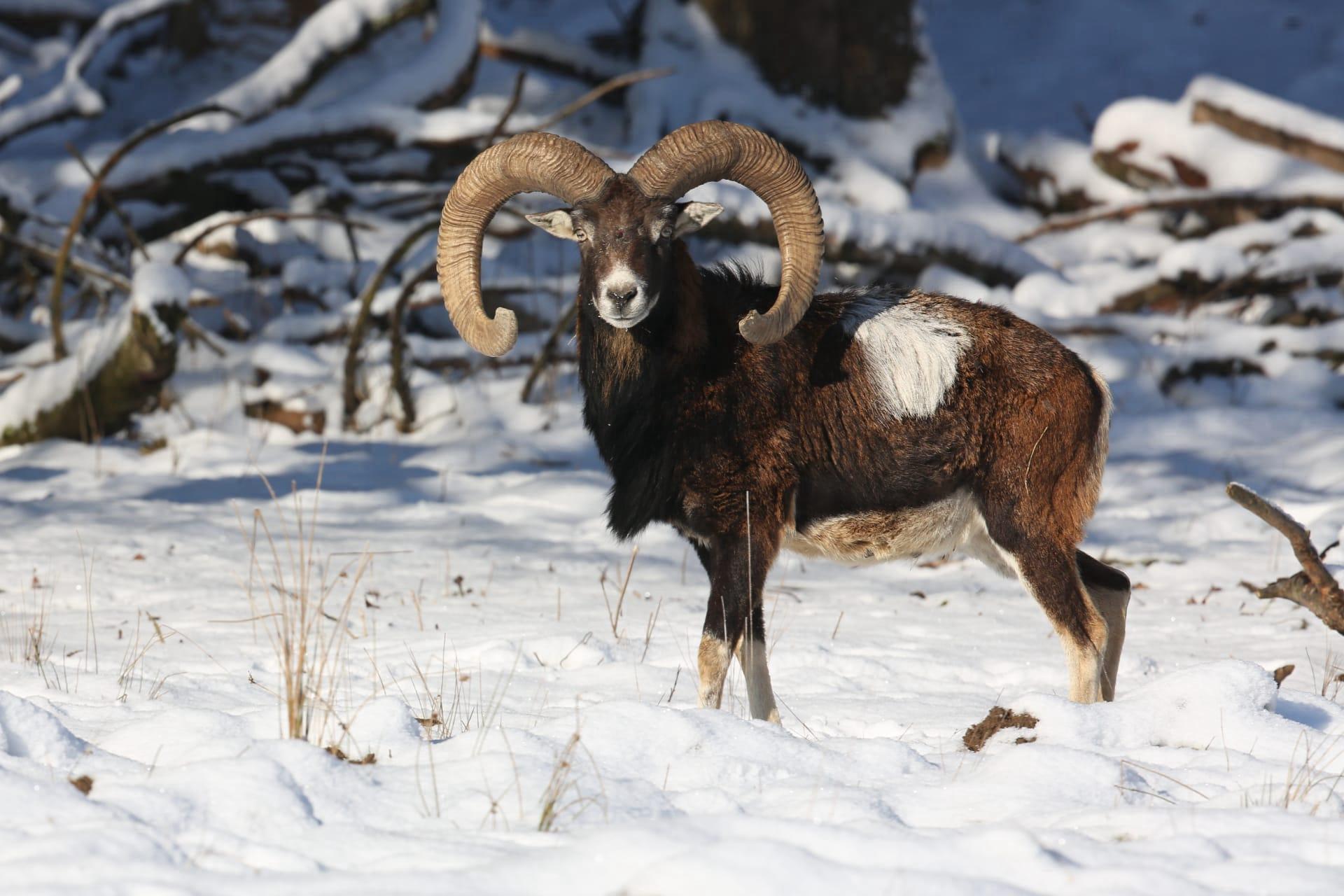1
Goats have incredible agility and balance. They can climb steep and rocky terrains with ease, thanks to their cloven hooves with two toes that spread apart to provide a better grip. The bottoms of their hooves are rough, almost like a natural tread on a tire, aiding them in their remarkable climbing ability. Goats can often be found scaling near-vertical cliffs, climbing trees, or even balancing on thin branches. Their climbing skills are so advanced that they can ascend a slope of up to 60 degrees, a feat few other large animals can match.
Another fascinating aspect of goats is their eyes. Goat pupils are rectangular, allowing them a wide field of vision. This unique shape provides them with a vision range of 320 to 340 degrees, meaning they can see virtually all around them without having to move their heads. This adaptation is crucial for spotting predators or potential threats in their rugged habitat. The rectangular shape also helps them to judge distances accurately when navigating their often treacherous environments.

2
Goats are known for their curious and intelligent nature. They are highly social animals and can form strong bonds with other goats, animals, and even humans. They communicate using a variety of sounds to express emotions like curiosity, excitement, distress, and affection. Goats are also great escape artists; they can learn how to open gates and latches, making them one of the more challenging farm animals to confine. Their intelligence is further demonstrated by their problem-solving abilities, often figuring out complex tasks to reach food or explore new areas.
Another fun fact about goats is their contribution to the discovery of coffee. According to legend, a 9th-century Ethiopian goat herder named Kaldi noticed his goats becoming particularly energetic after eating berries from a certain tree. Curious, Kaldi tried the berries himself and felt a similar energy boost. This discovery is said to have led to the cultivation of coffee beans, making goats inadvertent contributors to one of the world's most popular beverages.

3
Goats have a diverse diet and are natural browsers. Unlike cows that graze on grass, goats prefer to munch on the leaves, twigs, vines, and shrubs. This eating habit makes them excellent at controlling weeds and unwanted vegetation, a practice known as "goatscaping." Their ability to eat tough, thorny, or poisonous plants that most animals avoid contributes to the health of their ecosystems by maintaining plant diversity and preventing overgrowth.
Goats also have a unique digestive system. They are ruminants, meaning they have a four-chambered stomach that allows them to break down tough plant material. After initially consuming their food, they regurgitate a semi-digested form known as "cud" and chew it again to further break it down. This process allows goats to extract maximum nutrients from their diverse diet, essential for their survival in environments where food sources might be limited or varied.

4
The color of a goat's coat can tell you about its habitat. Goats living in cooler, mountainous regions typically have thicker and longer coats, providing necessary insulation against cold temperatures. In contrast, goats in warmer climates tend to have shorter, lighter-colored coats, reflecting sunlight and helping them stay cool. The coat of a goat can also change with the seasons; they grow thicker coats in the winter and shed them in the summer to adapt to temperature changes.
Goats are known to have a strong sense of smell. This sense helps them identify various plants and determine which are good to eat and which are potentially poisonous. Their keen sense of smell also plays a vital role in their social interactions. Goats can recognize individual members of their herd and their human caretakers through scent, which is essential for maintaining social bonds and hierarchy within the herd.

5
Goats have been a part of human civilization for thousands of years. Archaeological evidence suggests that goats were one of the first animals to be domesticated, around 10,000 years ago in the Middle East. They have played a vital role in human societies ever since, providing milk, meat, fur, and leather. In many cultures, goats are also symbolically significant and appear in numerous myths and folklore, often representing traits like agility, curiosity, and perseverance.
Finally, goats have a unique way of communicating distress or excitement: the “fainting goat” phenomenon. Myotonic goats, also known as fainting goats, have a hereditary condition called myotonia congenita. When startled or excited, their muscles temporarily freeze, causing them to stiffen and sometimes fall over. This condition doesn't harm the goats, and they recover quickly. The fainting goat has become a source of fascination and amusement, contributing to the unique character and charm of these versatile animals.